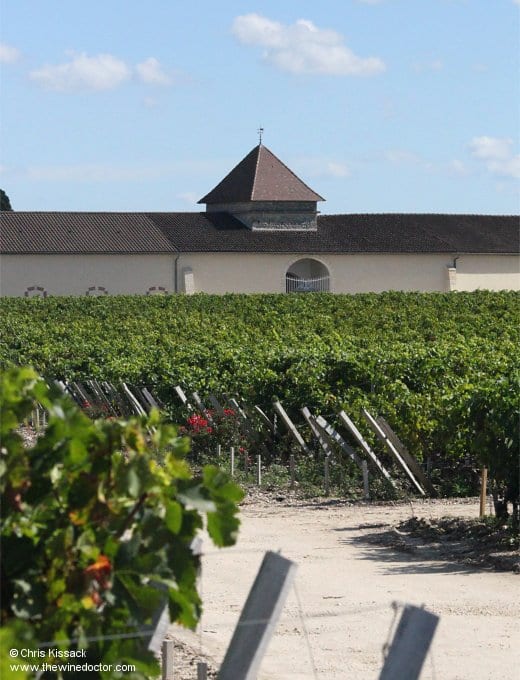Château Meyney
Almost directly south of Saint-Estèphe, and barely 500 metres from the Gironde, sits Château Montrose. If you subscribe to the maxim that the best locations for vineyards are within sight of this estuary (a belief which surely relates to the waterside location of the deep gravel croupes as well as good drainage) then its position seems absolutely correct. Château Montrose sits atop its gravel mound looking out across the water towards Blaye (the most obvious feature on the opposite bank are the twin reactors of the Centrale Nucléaire du Blayais, but I will try to gloss over that for the moment), and its status as a deuxième cru classé seems almost preordained. All, it seems, is right with the world.
Until your eye turns towards Château Montrose’s neighbours, that is. This noble second growth estate is flanked by properties entirely absent from the 1855 classification. To the south is the hamlet of Marbuzet, around which are scattered a few notable châteaux, in particular Château Haut-Marbuzet. And to the north, located at an almost equidistant point between Château Montrose and Château Phélan-Ségur is Château Meyney. Strangely, none of these neighbours have any notable classification, other than having borne the cru bourgeois designation at one time or another.

